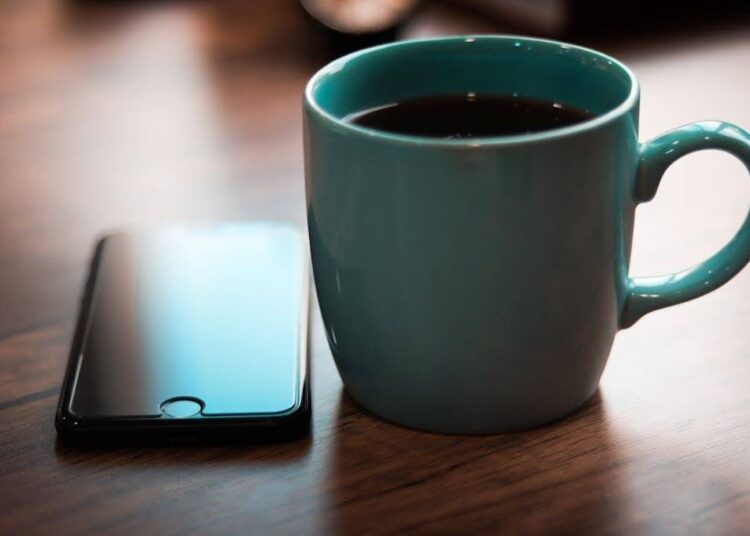Digital Rituals: The Little Habits That Shape Our Day
Whether we realize it or not, most of us have developed daily digital rituals—the regular check-ins we perform on our devices, like checking the weather, scrolling through social media, and binge-watching shows. These repeated behaviors shape our lives in subtle but meaningful ways, sometimes positively, sometimes negatively. From how these rituals form unconsciously and their impacts to how we can shape them intentionally, this article explores their role in our lives.
The Science of Digital Rituals
Digital rituals, or habits, are automatic behaviors that we engage in impulsively, triggered by certain cues. Habits can be formed intentionally and unintentionally over time through repetition and by activating our brain’s reward centers to keep us engaging in them.
People form habits to conserve mental effort, as decision-making requires significant cognitive resources. Defaulting to specific behaviors helps conserve energy by not having to make an active decision about engaging in a behavior. Habits allow our brains to be more energy efficient to address other tasks—something that would have been vital when survival was at stake in early human history.
Digital rituals activate the reward centers of our brain, delivering dopamine and other feel-good hormones that motivate us to engage in them repeatedly. Phones, apps, and online platforms naturally engage our reward centers with notifications, games, social connections, and other elements that release dopamine.
Though a habit may seem small or meaningless, it can have a significant impact on our quality of life. Positive habits can help set us up to be focused and productive, manage stress and other emotional aspects of our lives, and form and maintain social connections.
Common Digital Rituals
For most of us, our digital habits mirror our traditional habits and routines. For instance, we wake up and reach for a cup of coffee and our phones to see if we missed anything while we were sleeping. Let’s explore common digital rituals we might find ourselves engaging in from the time we wake up to the time we go to sleep.
Morning Check-Ins
First thing in the morning, it’s not uncommon to check our devices to tell us the weather so that we can dress appropriately for the day. We also do things like check our email, messages, and news to help us plan our day. In these situations, our digital rituals help us be prepared and seamlessly intertwine with our traditional morning behaviors, like getting dressed and checking in on important tasks and events.
Social Media Scrolling & Gaming
During breaks and downtime, we instinctively reach for our phones to scroll through apps like Instagram, TikTok, or Facebook. These help us disconnect from the day to rest and recharge and can even help distract us from stress. Of course, we might also be mindlessly scrolling instead of using our time in a way we find more fulfilling. For entertainment and distraction from stress, it’s not uncommon for us to also play games on our devices, like the puzzle game Wordle and even casino-style slot machine games that deliver the thrill of taking a chance. Like social media, we can find ourselves mindlessly engaging with these games and, in some cases, experience problem gambling behaviors. As with anything, moderation is key.
Supporting Our Goals & Good Habits
Another common activity that has become a ritual is using our digital activities to support goals and the formation of good habits. Digital tools can help us save more money through budgeting apps and even assist us in learning a new skill by providing resources for activities like learning a language or cooking. Habit-tracking apps like calorie and fitness trackers can hold us accountable for our health and wellness goals by tracking our progress. Plus, creating the ritual of updating them with our meals or activities becomes an instantly rewarding part of our healthy habit-forming process.
End-of-Day Wind Down
At the end of the day, we’re often looking for a relaxing, wind-down activity, and digital platforms can be perfect for this. They provide entertainment in the form of videos and articles, allowing us to rest our minds and settle in for the evening. However, excessive screen time in the evenings through binge-watching or scrolling can be problematic.
The Positive & Negative Impact of Digital Rituals
As the common digital rituals many of us engage in demonstrate, our habits have both positive and negative outcomes on our lives. Digital rituals help prepare us for the day while also easing stress. They distract us and allow us to take time away from stressors like our jobs, packed schedules, and other obligations. They help us be more efficient in gathering the information we need to make informed decisions, like whether we need to bundle up or wear light layers before heading out for the day. The benefits of our digital rituals also include their ability to support our personal development and wellness. They give us tools and resources to guide our processes and keep us motivated to meet a goal.
But habits, digital or not, can be a double-edged sword. It’s easy for us to fall into behaviors that negatively impact our quality of life. Like all habits, they’re rewarded immediately with a dopamine release, reinforcing the behavior. Our tendency to binge-watch or mindlessly scroll through social media content without mindfulness can be harmful to our physical and mental well-being in the long run. These negative habits are connected to concerns like eye strain, disrupted sleep, higher risks for heart disease and type 2 diabetes, and feelings of anxiety and depression.
To harness their benefits, we must approach digital rituals mindfully. While easier said than done, these strategies can set us up for success:
- Set goals around our digital rituals and track progress with regular check-ins.
- Use focus modes and set time limits on mobile and desktop apps, particularly those that we find ourselves losing time to.
- Gamify productivity and well-being with wellness apps that reward the habits we’re striving towards, such as Headspace for meditation and mindfulness and Habitify for building new habits.
- Create tech-free zones to give ourselves structured time away from digital devices, such as having no-phone meals and screen-free bedrooms.
Implementing these strategies isn’t about removing digital rituals from our lives. Instead, it’s about approaching them with intention and purpose so that we can get the best out of them for our health and quality of life.











